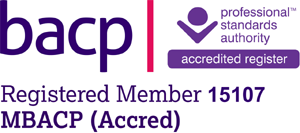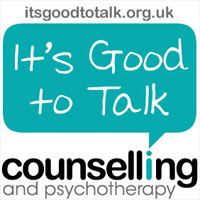Coping Strategies for Dealing with Trauma and Acute Stress
Trauma – a response to a real or perceived threat – can make people feel agitated (hyper-aroused). It can also make people shut down (hypo-aroused). People experiencing trauma can experience one or the other and often both at different times. Being hyper-aroused can make it difficult to sleep and concentrate. It can also make you irritable and angry. Sometimes people feel like they are unable to breathe properly and their heart is racing. Or startle easy as you are constantly ‘on guard’.
1. Breathing
Trauma survivors often over-breathe. This is when people breathe faster when they are threatened. This can make some people hyperventilate. Others can experience panic attacks.
Our rate of breathing also affects our heart rate, blood pressure and the rest of our body. Slowing breathing slows other processes in our body. It also lowers our level of arousal. This, in turn, reduces tension and stress. Slowing our breathing down can help turn off the ‘fight/flight’ response.
You can use the following ‘controlled breathing techniques’ as soon as you start to feel tense, anxious or to panic. You can also use it before any difficult situations. Here’s how.
Focus on your breathing.
Try to breathe evenly
Lengthen your breath
Try to make your breath out slighter longer than your breath in e.g. in for the count of 3 and out for the count of 5.
Box breathing is another technique you can try to help relieve stress or anxiety. Breathe in for 4, hold for 4, breathe out for 4, hold for 4 and repeat.
If you find breathing difficult, lie down and place a small pillow or piece of clothing on your stomach and watch it rise up and down slowly as you breathe.
Doing this every day, if you can manage it, will help lower your stress levels.
Focusing on breathing is particularly effective when you are able to ground yourself. Feel the earth under your feet, the seat you are sitting on. Looking out of a window, stepping outside into the fresh air. These strategies can enhance the effectiveness of breathing.
If panic sets in quickly and it is too hard for you to breathe through it, try breathing in and out of a paper bag.
2. Repetitive movements
Doing repetitive movements can be help calm us e.g. try knitting, bouncing a ball, jumping on a trampoline, drumming, colouring in.
3. Mindfulness
Mindfulness practices can help us connect to our bodies. They help us become more aware of how our body is responding at different times. We can observe what is happening in our body and know that it will pass.
Examples include: Do I get a tight throat? A headache? Tight stomach? Hot, cold? etc. when I feel scared?
You might scan your body, focus on your body as your attention goes from the top of your head down to your toes. Notice how your body feels as you pay attention to it.
When we sit still and breathe we are being mindful. Simply breathing in through your nose and out through your mouth, with awareness, and calmly, just sitting can help relieve anxiety.
Mindfulness helps us learn to respond instead of reacting. It is empowering. It also helps with critical self-talk.
There are many books, websites and classes for mindfulness available. Choose one that suits you. Then you can use it when you need to.
Hypo-arousal
When you’re feeling spaced out, shut down or ‘unreal’ you might be dissociated or hypo-aroused.
Being hypo-aroused is a survival response. It is a `freeze’ response – also known as dissociation. When we freeze we might zone out. Shut down. Go onto autopilot.
It is best to try and notice as soon as are feeling overwhelmed and are shutting down. When we do, we can then use one or more of the following exercises to help us get back into our bodies in the present.
The following grounding exercises can help us get back into our bodies:
* pushing your feet into the ground
* pushing your backside into the chair
* standing up and stomping your feet against the floor
* pushing your fingernails into the palms of your hands
* stretching
* moving
your imagination is the limit …
The following ‘orienting’ exercises can help us orientate to the here and now:
* looking around the room and naming 5 things that begin with C ( or any letter for example)
* looking at objects and naming them
* focusing on someone else talking
* naming the day, date, time, year
Other ideas include, using cold water on your face, touching ice, flicking a rubber band on your wrist, a warm shower followed by a cold one. Activate your senses. Smells and tastes are good: something to distract or cut through the numbness quickly, minty or citrous spalls, tastes. Some things work for some people: others for others. Choose whatever helps you so you can do it when you feel you are shutting down. And you can practice any of these at any time!


